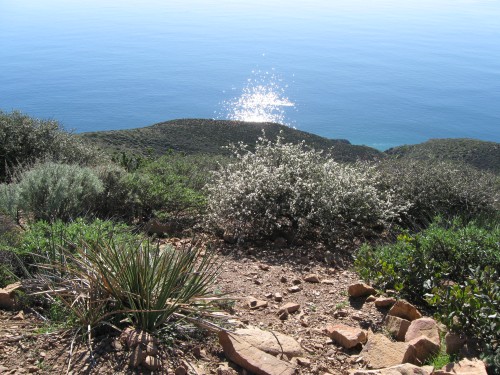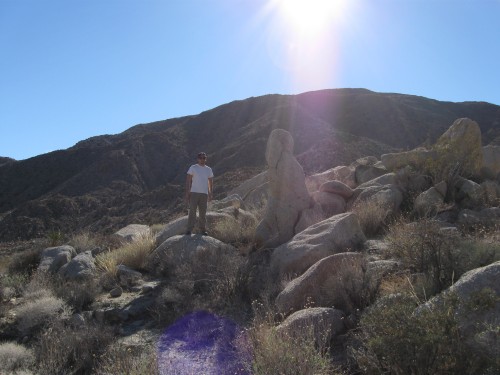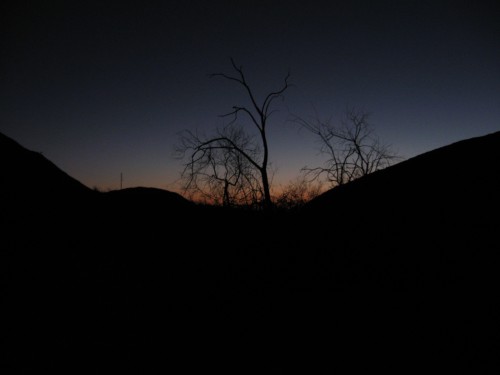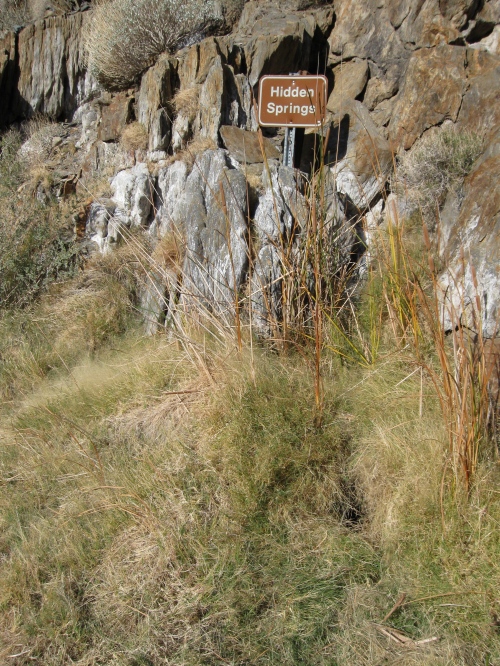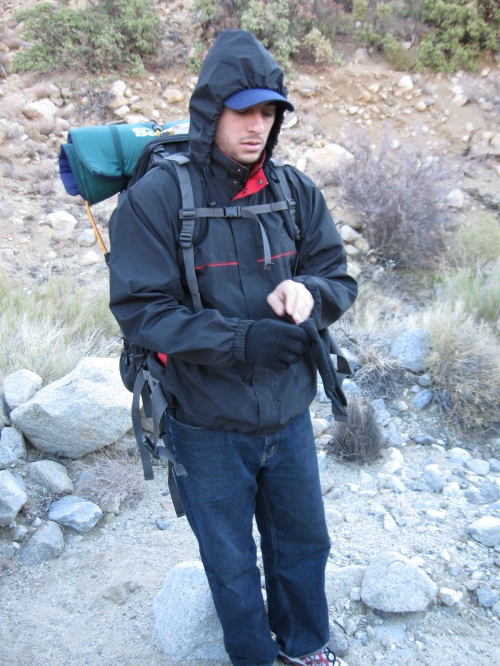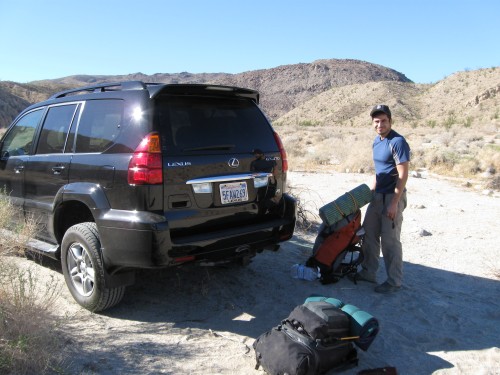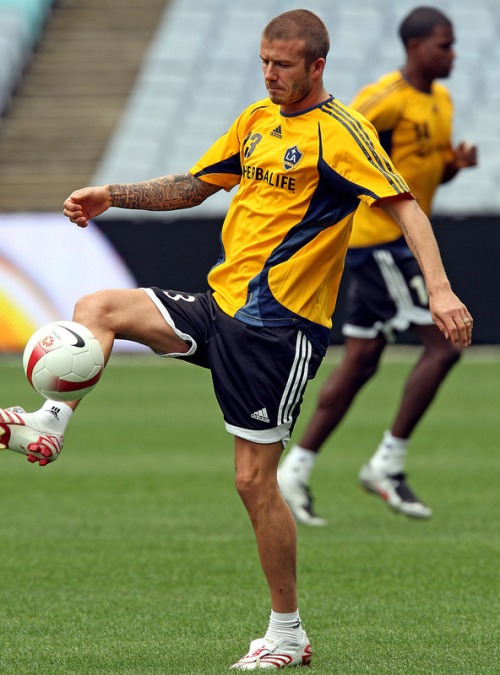A few weeks ago I wrote an entry entitled “5 Things Wrong with MLS,” which was my way to fume about what I felt Major League Soccer was doing wrong with the league in its quest to because a respected soccer league worldwide. A reader made some interesting comments about the entry, some affirming what I had written and some challenging some of my points. In the end, he challenged me to write the counter-piece, 5 Things Right with MLS, and I was more than willing to do so.
Of course, that’s because I really do believe that MLS is doing some great things, both on and off the field. While my first impulse is to criticize the league for some glaring mistakes, it has done some great things since 1996 to develop its fan base, drastically improve the level of play, and establish a legitimate identity among the more established leagues of the world.
So, here are five things that MLS has done right in the past 12 years:
- Soccer-specific stadiums have proven to be a great investment.
Stadiums like the Home Depot Center and Pizza Hut Park are not only beautiful parks that make watching the game more enjoyable, they are also symbols that U.S. cities are willing to support a franchise.
I’m sure the players love it too. Would you rather play on the hard turf of the football field at the University of Utah, distanced from the fans, or would you rather play on a real soccer pitch, in an intimate venue where the fans feel much closer to the action?
- Extending franchises to Canada, especially Toronto, has been a great success (and should continue with Vancouver).
The Toronto FC franchise now has the reputation for having the best fans in the league. Their fans show up to the games (whether or not Beckham is visiting), they cheer loudly, and create a unique atmosphere that helps provide home field advantage for their club while making it tough on visiting clubs.
Steve Nash of the NBA’s Phoenix Suns has publicly expressed interest in bringing a franchise to Vancouver. While the notion that a franchise would work in Vancouver because it has worked so well in Toronto is not a perfect inference, it certainly acts as a good indicator that a Vancouver franchise would do well. Of course, the Seattle Sounders will be around next year, and the Pacific Northwest market might get a little crowded with two franchises, but there’s something to be said for a little across-the-border rivalry between Canadians and Americans. Just look at the rivalry between the Galaxy and Chivas. Which brings us to reason number three…
- Chivas USA recognized their market and have pursued a club image consistent with their marketing scheme (while also keeping the quality of play high)
Chivas USA set out to grab the attention of the emerging Latino fan market, and they have done about as well as could be expected. While the fanfare and media attention have been greater and more magnified on their Home Depot neighbors, all the news coming the Chivas camp, while never being extraordinary, is all positive. They currently hold some of the best young players in the game and have now qualified for the playoffs three straight years. Consistent play, a smart, passionate coach, and an organization that is willing to take success step-by-step should all be credited for the emergence of a club that in its debut season looked destined to inhabit the Western Conference cellar for its first few years.
The same goes for the Houston Dynamo. After MLS decided to start a franchise in Houston, the process of selecting a name for the club began. After much deliberation, team officials and MLS agreed on the name “Houston 1836,” which, according to MLS and AEG, would commemorate the year that the city of Houston was officially founded. Problem was, 1836 also reverberated in Texans’ minds as the year the Battle of the Alamo, when a Texan army defeated the Mexican army at the Alamo. It also referred more generally to the year in which Texas sought independence from Mexico. Of course, the inevitable happened when members from Houston’s large Latino population protested the club’s name.
The importance of this historical aside? MLS, AEG and the Houston organization responded to the calls of its fans by changing the name to “Dynamo,” which referenced Houston’s energy-based industrial economy. They made a mistake initially (a pretty big one, actually), but they took the steps to correct it and, in the process, put their fans first.
- The level of play has improved greatly over the course of 12 years due to marquee signings of proven international stars, an improved stock of young American players, and an ability to nab some lesser-known footballers from around the world, especially South America.
Not all of MLS’s signings have worked out, but a lot of them have carried teams and been the face of their organizations over the years. Let’s take the Galaxy:
Mauricio Cienfeugos: The diminutive playmaker from El Salvador may not have been a “star” in every sense of the word, but he was undoubtedly the most important piece of the Galaxy clubs that were so successful in the first few years of the league. In my opinion, he was not only the Galaxy’s best signing ever, he was also the best player (team-wise) to put on a Galaxy uniform.
Luis Hernandez: The tremendously popular character and once-prolific scorer from Mexico added instant excitement to the field when he was first signed, but his influence soon dwindled and he became a non-factor. It was clear that his best playing days were behind him, and he could not keep up with the pace of play in the States.
Eduardo Hurtado: “El Tanque” was a goal scoring machine for the Galaxy until the club sent him to the MetroStars in 1998. He was a huge personality and, together with Cienfuegos, provided instant offense on the field.
David Beckham: We’ve talked about it way too much, but why not some more? Beckham has obviously brought more attention to MLS than ever before, but the product on the field has not improved since his arrival; in fact, you could say it’s regressed, especially since the Galaxy has no shot at the playoffs this year despite fielding players like Beckham, Landon Donovan, Carlos Ruiz (now gone), and Eddie Lewis (mid-season acquisition). I won’t blame this all on Beckham. In fact, I put very little of the onus on him. His play has not been as good as it could be (after watching him simply demolish the Kazakhstan defense in 14 minutes of play last week, I’m convinced that he plays infinitely better when surrounded by better players, or maybe just when he’s motivated), but even if he were playing at a higher level, the Galaxy probably still wouldn’t grab a playoff spot. So for right now, given the circumstances surrounding Beckaham’s signing, it has been a failure.
However, for the most part, the signings that the Galaxy, and MLS in general, have made have improved the league, in one way or another, immensely.
Young talent brought from the high school and college ranks has also improved. Some of the best players in the league came into the league through the SuperDraft, and their games have steadily improved since coming into the league.
The signing of quality Latin American players has, of late, been very helpful for the league. Older stars like Cuauhtemoc Blanco have had overwhelmingly positive effects on their teams, while younger stars, perhaps more important to the development of the league, are being given the chance to blossom here in the United States.
- MLS doesn’t shy away from competition.
The league may not be ready for the real limelight – I’m talking about playing Champions League football – but who is, save for a few elite clubs from elite leagues? MLS regularly pits its clubs against top clubs from Mexico and South America, and each year their all-star squad takes on a top-drawer club from Europe.
Beckham’s first game with the Galaxy ended with a 1-0 loss to Chelsea at the Home Depot Center. Yeah, it didn’t mean anything to Chelsea, and they didn’t seem to put any stock into it. But for an MLS club, especially one like the shambled crew like the Galaxy, to compete with one of the best clubs in the world was extremely encouraging.
MLS believes in the quality of the product on the field, and they don’t back down from any competition. To get better, you have set a standard. MLS has set the bar high, and the players understand where the league wants to go. It seems like the quality of play improves incrementally every year, and there isn’t much reason to believe why it shouldn’t continue.

